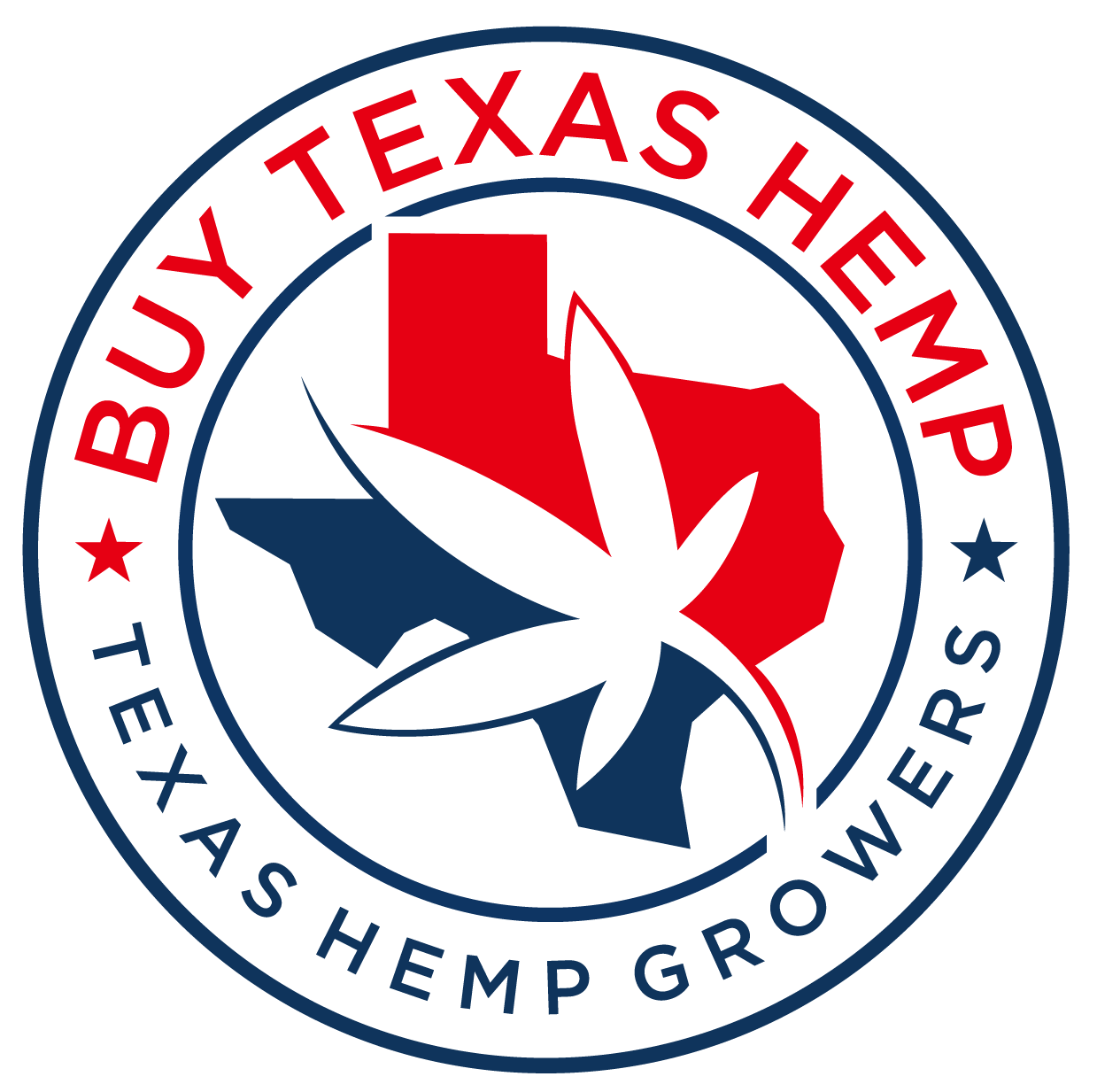Alarming Data Shows Texas Hemp Industry Running on Fumes

New data from the Texas Department of Agriculture (TDA) reveals a concerning downward trend for the state’s hemp industry. Texas Hemp Growers (THG) is raising awareness of this information as hearings on proposed bills in the Texas legislature, which could further undermine confidence in hemp, are expected soon.
Data from the TDA shows that as of April 6, only 117 growers are actively cultivating hemp. This figure represents just 18% of the 631 licensed producers currently reported by the TDA.
“These figures are shocking and should send a clear message to state representatives that our industry needs support, not more bans and red tape,” said Zachary Maxwell, THG president.
Since its inception, Texas’ hemp industry has struggled with poor regulation, ambiguous and illegal bans, unlawful fees, and excessive red tape.
Despite this, state legislators have introduced numerous bills that could further damage Texas’ hemp industry, if these figures are any indication.
These bills go beyond merely banning delta-8, introducing a plethora of red tape that would discourage participation and increase costs throughout the supply chain.
Proposed measures include a ban on “synthetic” THCs and cannabinoids (delta-8), a 21-year age cap, resealable child-proof packaging, vaguely defined design specifications intended to prevent child-appealing designs (e.g., no more fruits on packages), a new felony for CBD shop employees who fail to check a customer’s ID, and in one particularly extreme bill introduced by a Democratic senator: a complete ban on all hemp candy with a second-degree felony penalty.
In December 2020, the TDA reported just under 1,500 licensees. By October 2022, that number had dwindled to fewer than 900, and just six months later, it dropped to 631.
Industrial Hemp Not Picking up the Slack
Representatives might assume that the reduction in licensed growers is being offset by larger producer permits. However, the data suggests otherwise.
Most active crops, based on lot permits, appear to be indoor or greenhouse operations. Only 33 of the lot permits are for outdoor crops. Collectively, these 33 growers have permitted 319 acres of land. However, 170 acres of that will expire by April 19.
Nearly all outdoor grows seem to be working with CBD varieties. The four largest outdoor producers account for 270 of the 319 acres. The largest lot permit is for 100 acres of MS-77, a fiber variety, in the Rio Grande Valley. The next three are permitted to members of the Bednarz family, likely fueling Delta Ag’s facility in Slaton.
The remaining 29 active outdoor lots are 10 acres or smaller. Although it’s still early in the season and more large producers may obtain permits by summer, the overall interest in industrial hemp production, which requires thousands of acres to meet processor demands, seems to be waning.
Most Operations Have Moved Indoors
According to TDA data, there are currently 205 active lot permits—meaning they have not yet expired. It’s important to note that many growers have multiple lot permits. The figure of 117 active growers comes from eliminating duplicates from the active lot permit list.
The remaining growers on the list report square footage, suggesting they are growing in a greenhouse or indoor grow room. In total, there is 477,000 square feet of actively permitted greenhouse space in Texas. However, this number may not accurately represent cultivation space, as some people might permit areas unrelated to cultivation, which could inflate the square footage reported by the state.
These producers primarily focus on high-grade smokable flower and finished products like edibles and tinctures. Unfortunately, none of the bills introduced so far offer relief from the smokable ban, which forced processors and manufacturers out of state following a court case in 2021.
To date, producers have consistently reported feeling overwhelmed by the state’s regulations. It’s no surprise that over 500 licensees are sitting on the sidelines. The common reason given for their inactivity is, “we’re waiting to see what the state does.” If legislators don’t take action now, there may not be any industry left to regulate by 2025.





